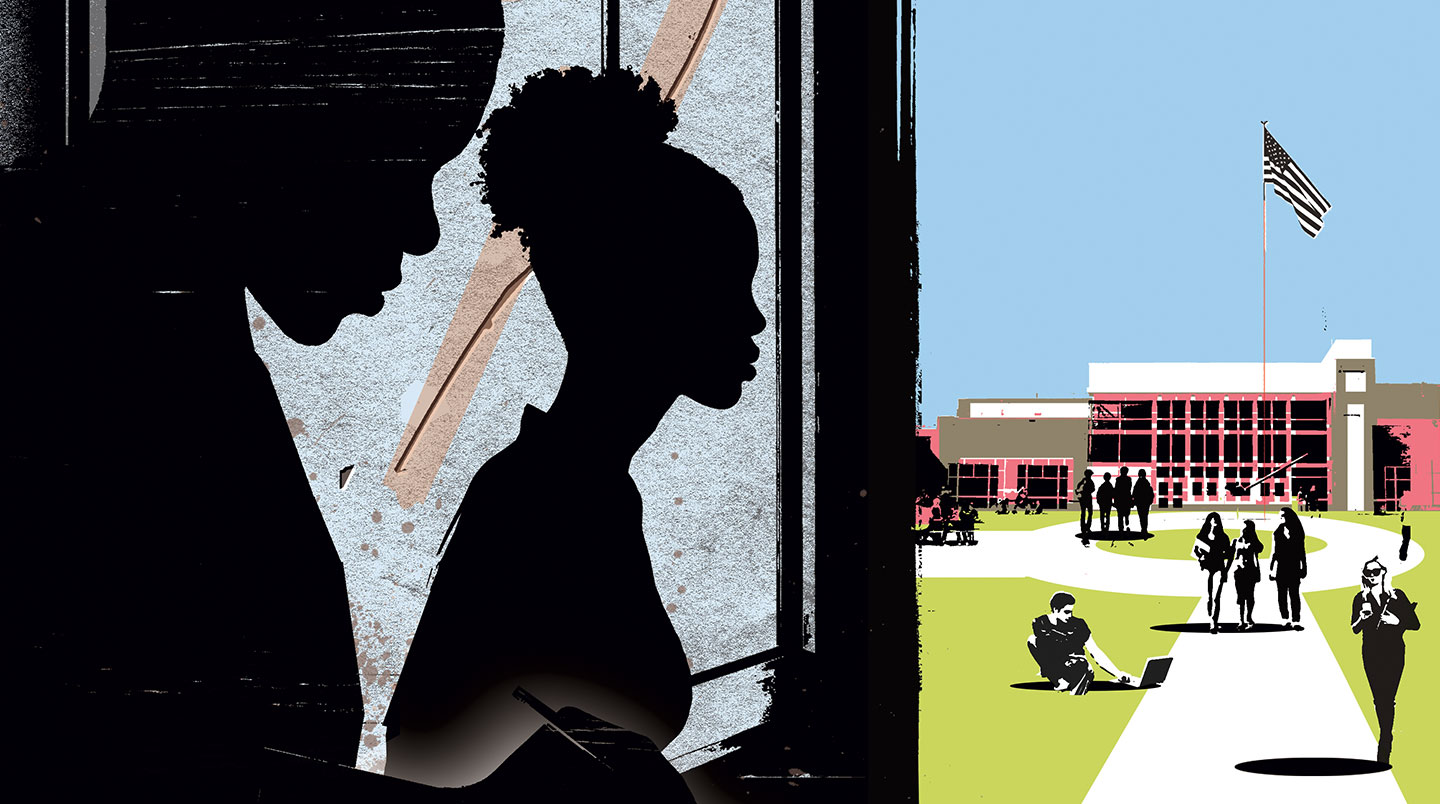Courtesy Tiffani Torres
Tiffani Torres, 17, is fighting to integrate schools.
Just two days remained before the U.S. history exam, and Tiffani Torres felt completely unprepared. A junior at a New York City high school where 85 percent of students were Black or Latinx and most were from low-income families, Tiffani was near the top of her class. She had signed up for an advanced U.S. history course in hopes of doing well enough on the exam to receive college credit.
Over the months leading up to the test, Tiffani had worked hard and attended study groups outside school. But with 48 hours to go, she still didn’t feel ready. As a last-ditch effort, Tiffani signed up to study with students from across the city who’d be taking the same exam. That’s how she met a girl who attended a high school where 88 percent of students were white or Asian American and many were from wealthy or middle-class families.
When they sat down to study, the girl pulled out a pile of test-prep materials she’d been given by her school. The resources included all sorts of information about U.S. history that Tiffani hadn’t been taught in class. In fact, she recalled, “I didn’t even know it would be on the test—and that I needed to know it.” She immediately felt like her school had let her down.
Just two days remained before the U.S. history exam. Tiffani Torres felt completely unprepared. She was a junior at a New York City high school where 85 percent of students were Black or Latinx. Most of those students were from low-income families. Tiffani was near the top of her class. She had signed up for an advanced U.S. history course in hopes of doing well enough on the exam to get college credit.
Over the months leading up to the test, Tiffani had worked hard. She went to study groups outside school. But with 48 hours to go, she still did not feel ready. As a last-ditch effort, Tiffani signed up to study with students from across the city who would be taking the same exam. That is how she met a girl who went to a high school where 88 percent of students were white or Asian American. Many of those students were from wealthy or middle-class families.
When they sat down to study, the girl pulled out a pile of test-prep materials her school had given her. The resources included all sorts of information about U.S. history that Tiffani had not been taught in class. In fact, she recalled, “I didn’t even know it would be on the test—and that I needed to know it.” She immediately felt like her school had let her down.

